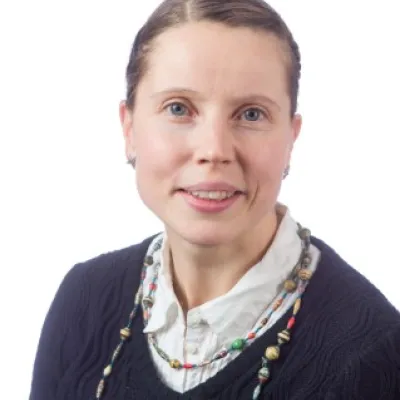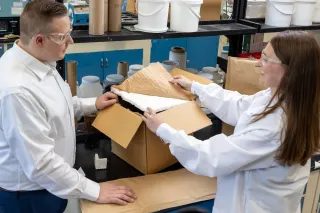Oats and oat-based innovations possess a significant global potential for Finnish food industry. Therefore, we want to understand the impact of oat cultivars and oat crop batches on oat processability and quality which may challenge the increase in oat consumption and export. In the OatHow project funded by Business Finland, an extensive Finnish consortium will produce new information on oat-based raw materials for the development of novel oat innovations by means of both research and business development.
Thanks to its health-promoting properties, oats have attracted a lot of well-deserved attention. In Finland, oats are applied to more diverse uses than before as a raw material for innovative food products. Finland is one of the world's biggest oats producers. At present, the Finnish oats consumption per capita is about 7.3 kg, and the consumption is increasing by some 10% a year.
The growing global interest in oat products gives oat producing countries like Finland an opportunity to enter on the global oats trade and oat products market with significant volumes. However, the product development is held back by insufficient understanding of how the quality and composition of oat crop batches affects the oat processability and end product quality. The lack of practical indicators of oat quality and applicability to various food processes is a global challenge.
"Consumers are looking for new and health beneficial products that are produced in a sustainable way, so there really is great export potential for high-quality oat products made by the Finnish food industry," says Emilia Nordlund, the coordinator of the OatHow project at VTT.
In addition to the oat cultivar, the quality characteristics of oats are affected by the growth conditions during the crop year. The varying quality of oat crop batches causes difficulties for the industry, when there is no knowledge on how the production processes should be adjusted in accordance with the ingredient quality: the dough sticks to mixing bowls, unnecessary waste is generated, and the end product may not meet consumer expectations.
As far as wheat and malt barley are concerned, the food industry can deal with the variation, because established analysis methods that measure the material quality to predicting the composition of the crop batches have been existing for a long time. The purpose of the OatHow project, based on collaboration between research institutes and universities studying oats and industries using oats in their products, is to find similar globally relevant analysis methods for oats as well. The idea is to make it easy for the producers to select the oat ingredient that best suits the product. New analysis methods can also be used for ensuring the quality of oat crop batches in grain trade.
The project focuses particularly on finding links between the processability of oats and the properties measured from oat materials. The project studies what kind of parameters (e.g. chemical composition and physical characteristics) need to and can be measured from oat crop batches to make it possible for the processors to make decisions on the processing methods and oats applicability to different food processes. The processing quality is examined by testing the effect of distinct oats on quality parameters of various foods from solid to moist product types.
The research is based on large volumes of data measured from grains. By using modern tools based on, for example, machine learning, it is possible to distinguish weak signals from the data that indicate dependencies between measured parameters. This will help us become aware of what kind of factors should be measured from the raw material when we want to know whether the specific oat batch is suited for bakery products or dairy alternatives, for example. The expected outcomes of the OatHow project are based on Finland's excellent reputation as an oats expert and adapter of advanced technologies, and thus, the project should bring new feasible tools for oat users globally. In addition, the project enables to identify the strengths of the Finnish oats in comparison to oats grown elsewhere.
OatHow is part of a project entity funded by Business Finland that consists of a public research project and four parallel company projects starting simultaneously (Valio, Fazer, Helsinki Mills and Boreal Plant Breeding Ltd). In addition to Business Finland and the research partners involved, the funding providers for the OatHow project include nine companies representing the oat chain from field to table (Avena, Kinnusen Mylly, Lantmännen Agro, Myllyn Paras, Plantanova, Polar Glucan, Raisio, Vaasan, Viking Malt).
The research and development work is implemented by four research teams working together: VTT (Emilia Nordlund as a project responsible leader), the University of Turku (Kaisa Linderborg), the University of Helsinki (Tuula Sontag-Strohm) and Natural Resources Institute Finland Luke (Veli Hietaniemi).
The OatHow project coordinated by VTT will be carried out in 2019–2020 as part of Business Finland's Food from Finland 2.0 funding scheme with a total budget of EUR 2 million.




